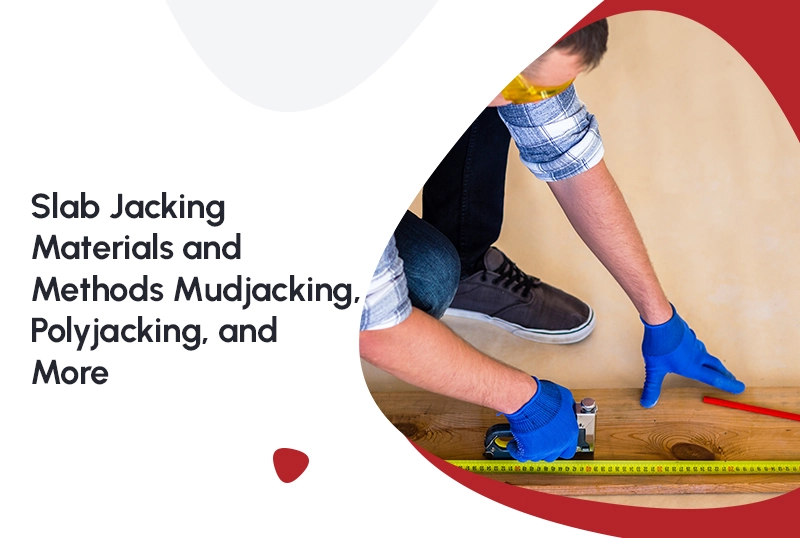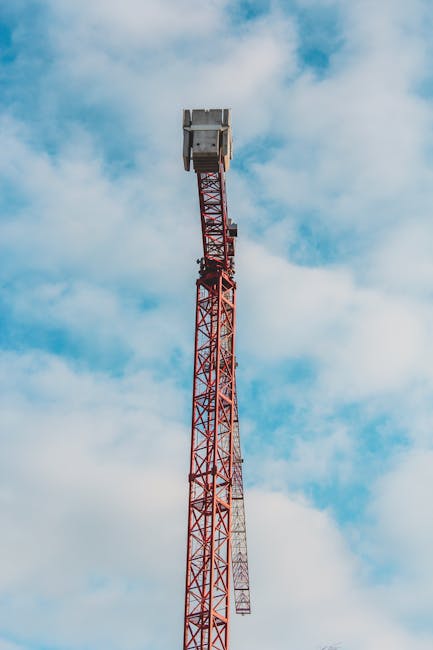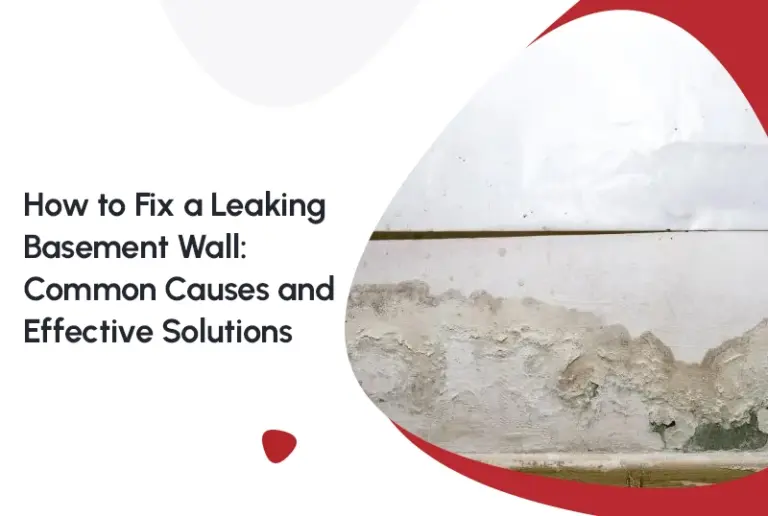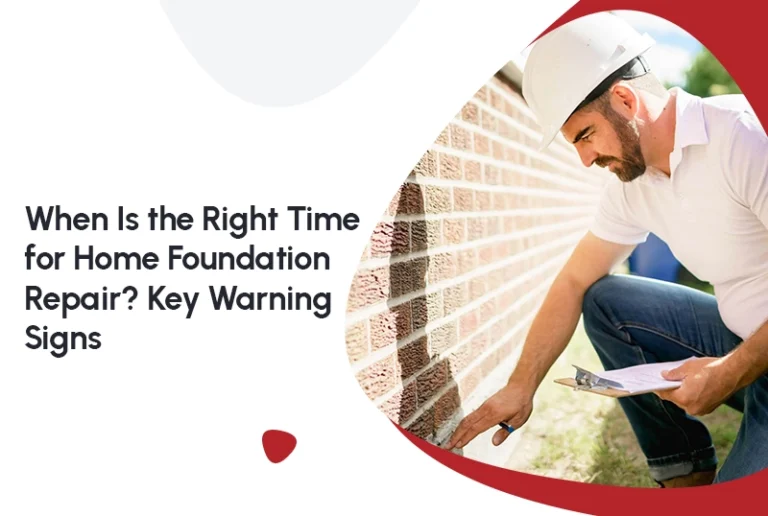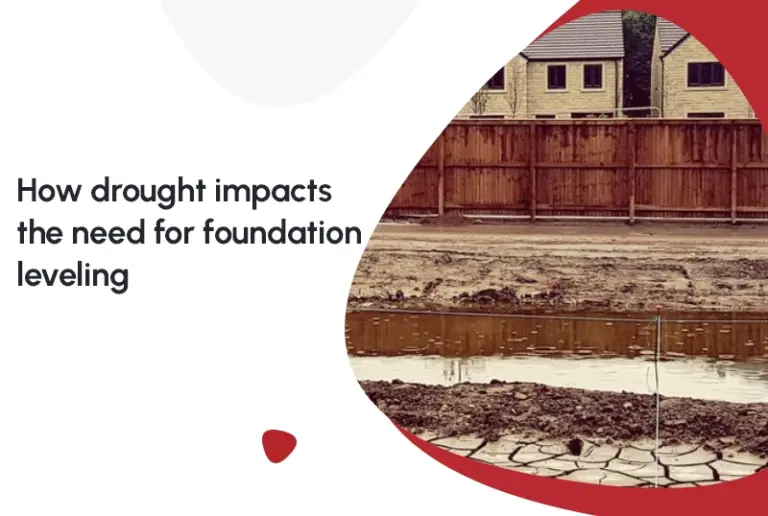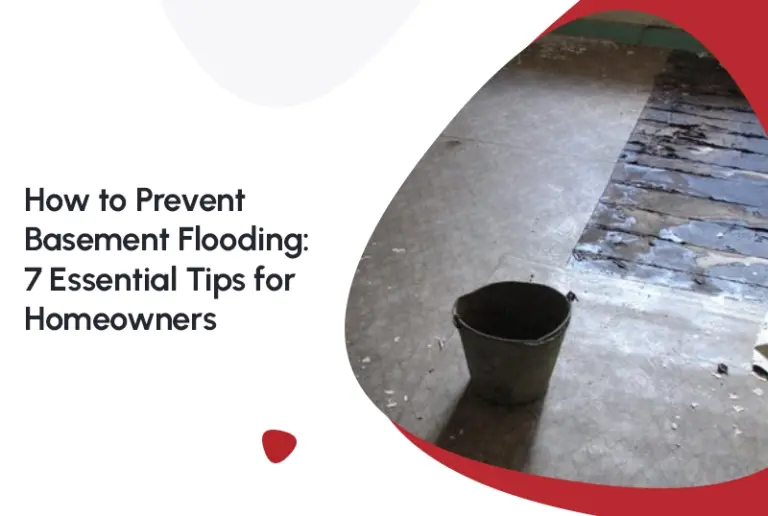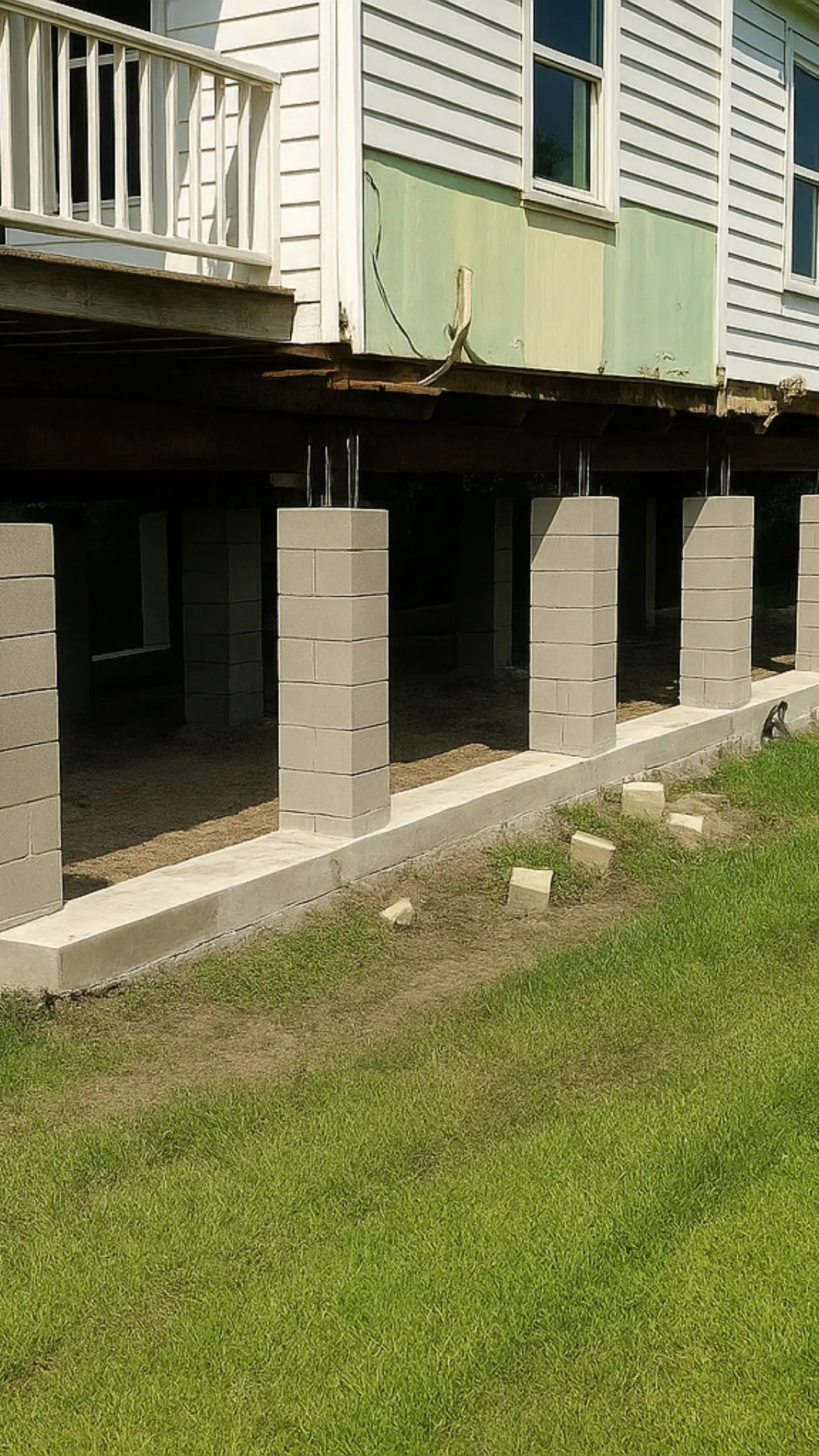Ever noticed your driveway or patio sinking or cracking? Or maybe those uneven floors inside your home have you worried? If so, you’re not alone and slab jacking might just be the solution you need. But with so many terms like mudjacking and polyjacking floating around, how do you know what’s right for your concrete? Don’t worry we’re breaking down slab jacking materials and methods so you can understand what’s best for your home.
What is Slab Jacking, Anyway?
Slab jacking, sometimes called concrete leveling or mudjacking, is a process used to lift and stabilize sunken concrete slabs. The goal? To restore stability, prevent further damage, and keep your home safe and looking great.
How does it work? Technicians drill small holes into the concrete slab and inject a lifting material underneath. That material fills voids and raises the slab back to its proper level. Simple, right? But what about the materials and methods behind the magic? Let’s dive in.
Mudjacking: The Tried-and-True Classic
Mudjacking is the OG of slab jacking—you might have heard it called “pressure grouting” or just “slab jacking.” It uses a heavy slurry made of water, soil, sand, and cement that is pumped beneath your concrete.
Pros of Mudjacking
- Cost-Effective: It’s often cheaper than newer methods.
- Eco-Friendly: Made from mostly natural materials.
- Time-Tested: Contractors have trusted this method for decades.
Cons of Mudjacking
- Heavy Material: The slurry’s weight can sometimes compress the soil, causing future sinking.
- Shorter Lifespan: Mudjacking may need redoing over the years as material wears down or washes out.
- Bigger Holes: Requires larger drill holes (about 1-2 inches), which means more visible repairs.
Mudjacking is excellent if you want a reliable, budget-friendly fix and your soil conditions are stable enough to handle the slurry’s weight.
Polyjacking: The Modern Marvel
Enter polyjacking—the high-tech cousin of mudjacking. Instead of slurry, this method uses a lightweight, expanding polyurethane foam. The foam is injected through smaller drill holes (about the size of a penny) and quickly expands beneath your slab, filling voids, compacting the soil, and lifting your concrete.
Why Polyjacking Might Be Your Best Bet
- Lightweight: Polyurethane foam puts less pressure on your soil, reducing the chance of future settling.
- Long-lasting: Foam doesn’t absorb water and resists erosion, meaning the fix can last 10-15 years or more.
- Fast Cure Time: Your driveway or floor can often be used within 15-30 minutes after installation.
- Cleaner, Smaller Repair Points: Minimal holes mean less visual disturbance.
- Waterproof: Foam won’t wash away or break down like mud.
Important Considerations
- Higher Cost: Polyjacking is usually pricier upfront but pays off with durability.
- Professional Installation Required: It’s a specialized process best left to experts.
Which Slab Jacking Method is Right for You?
Ask yourself:
- How quick do I want the repair to be?
- What’s my budget?
- What kind of soil conditions does my property have?
- How long do I want this fix to last?
We can help you decide! And remember, slab jacking is often just one part of the bigger picture. If your home’s foundation is uneven, sagging, or in trouble, combining slab jacking with professional house leveling, foundation repair, or concrete leveling may be necessary for total stability.
Conclusion
Slab jacking is a proven way to restore your sinking concrete and prevent future problems but the material and method you choose matter. Mudjacking offers an affordable, time-tested fix, while polyjacking provides a longer-lasting, lightweight solution with quicker turnaround. Whatever your needs, partnering with trusted professionals ensures your foundation and concrete stay safe, level, and solid for years to come. Ready to lift your slabs and level up your home’s foundation? Let’s get started!
Frequently Asked Questions (FAQs)
Q: What is the main difference between mudjacking and polyjacking?
A: Mudjacking uses a heavy cement-based slurry, while polyjacking injects lightweight polyurethane foam that expands and hardens to lift concrete. Polyjacking is generally more durable and less invasive.
Q: How long does slab jacking last?
A: Mudjacking typically lasts 5-7 years, depending on soil conditions. Polyjacking can last 10-15 years or more due to its resistance to erosion and moisture.
Q: Can I use the concrete right after slab jacking?
A: With polyjacking, concrete can often be used within 15 to 30 minutes. Mudjacking usually requires a longer curing time, often 24 to 48 hours.
Q: Is slab jacking a DIY project?
A: No, slab jacking should be done by professionals to ensure proper lifting, soil stabilization, and long-lasting results.
Q: Will slab jacking fix foundation problems?
A: Slab jacking corrects uneven or sunken slabs but may need to be combined with foundation repair or house leveling if deeper structural issues exist.
Q: How do I know if I need slab jacking? A: Look for sinking or cracked concrete slabs, uneven floors, doors or windows sticking due to uneven foundation, or pooling water near concrete surfaces.
